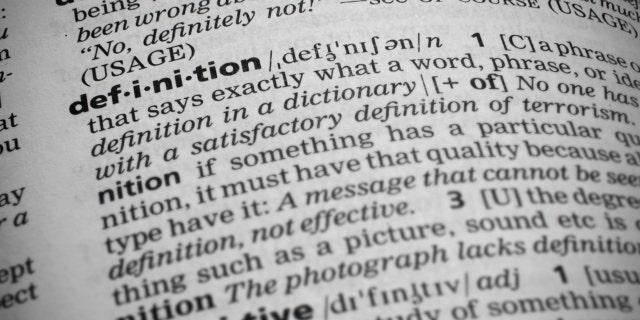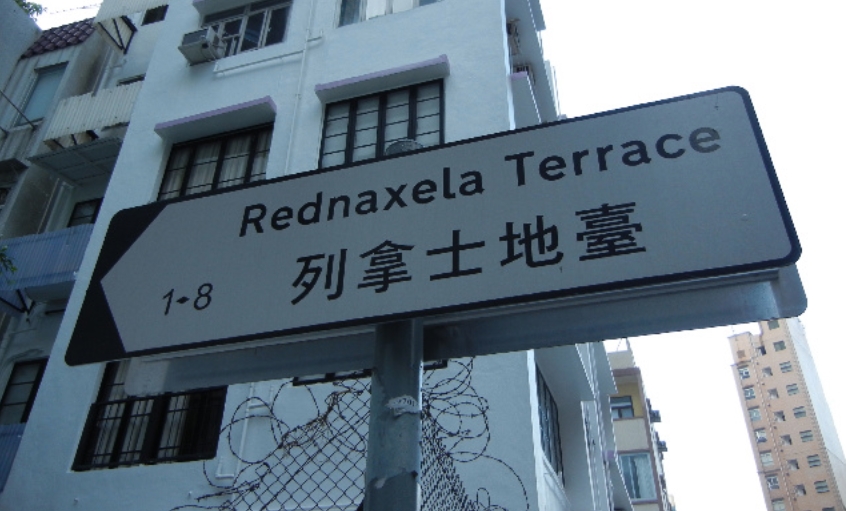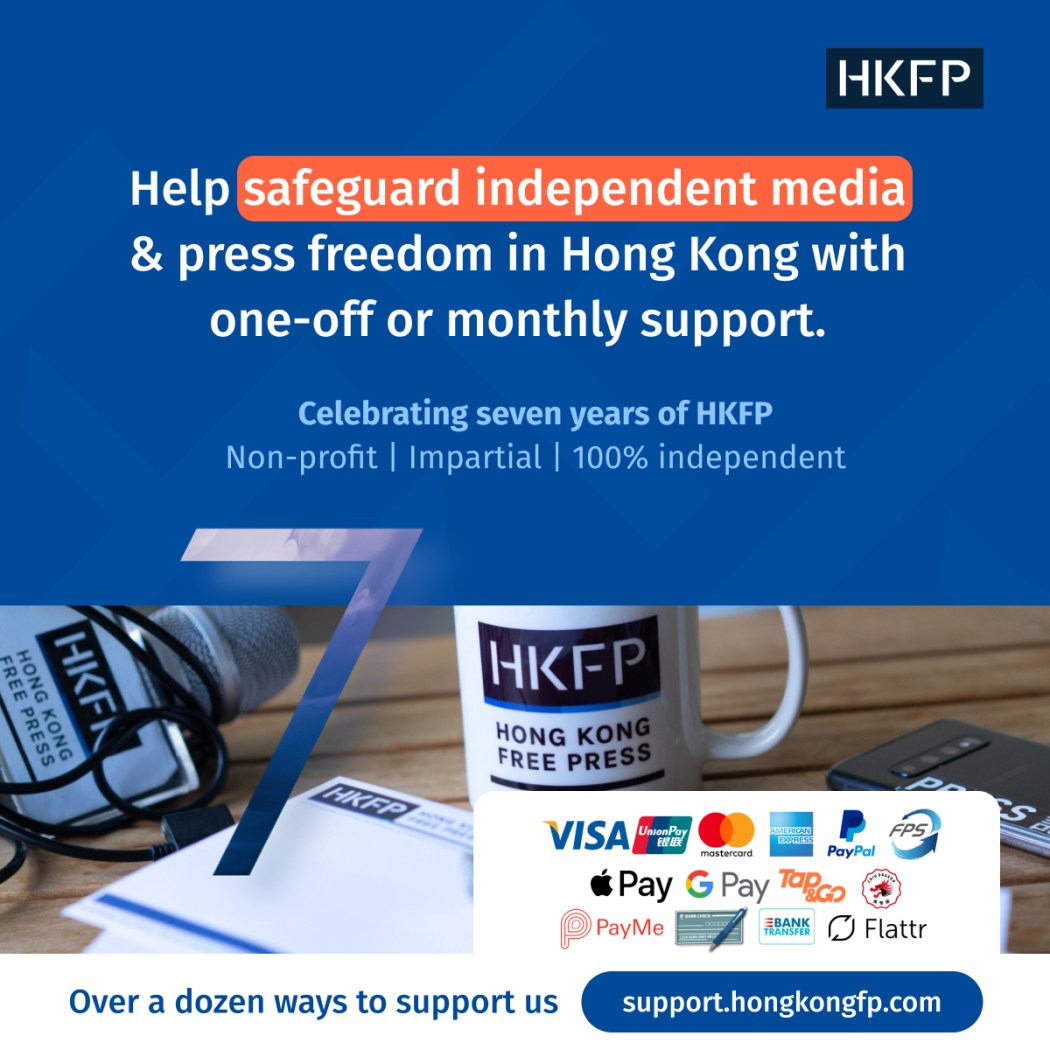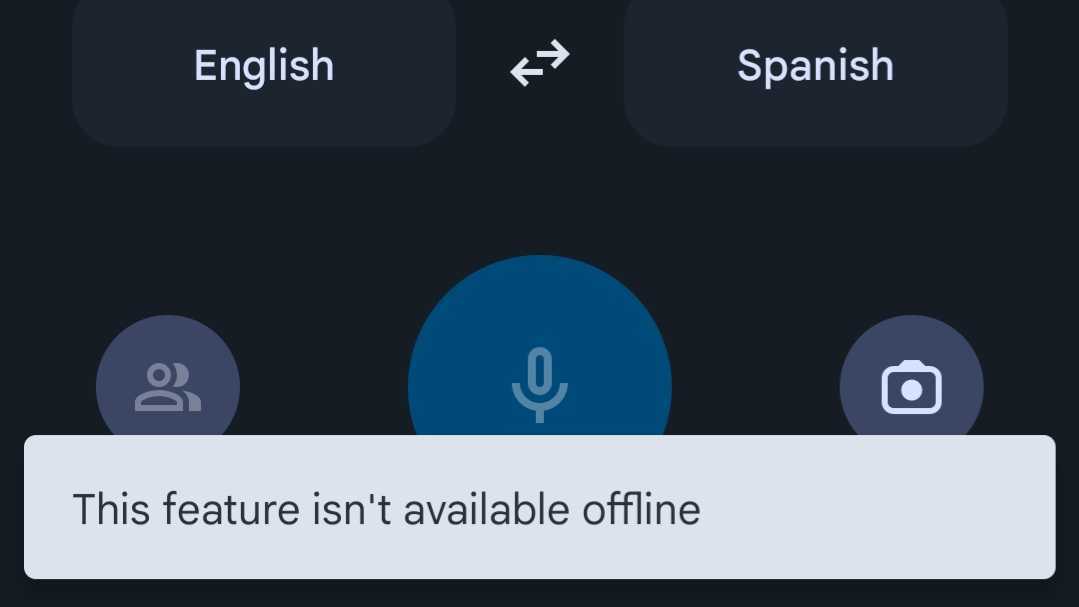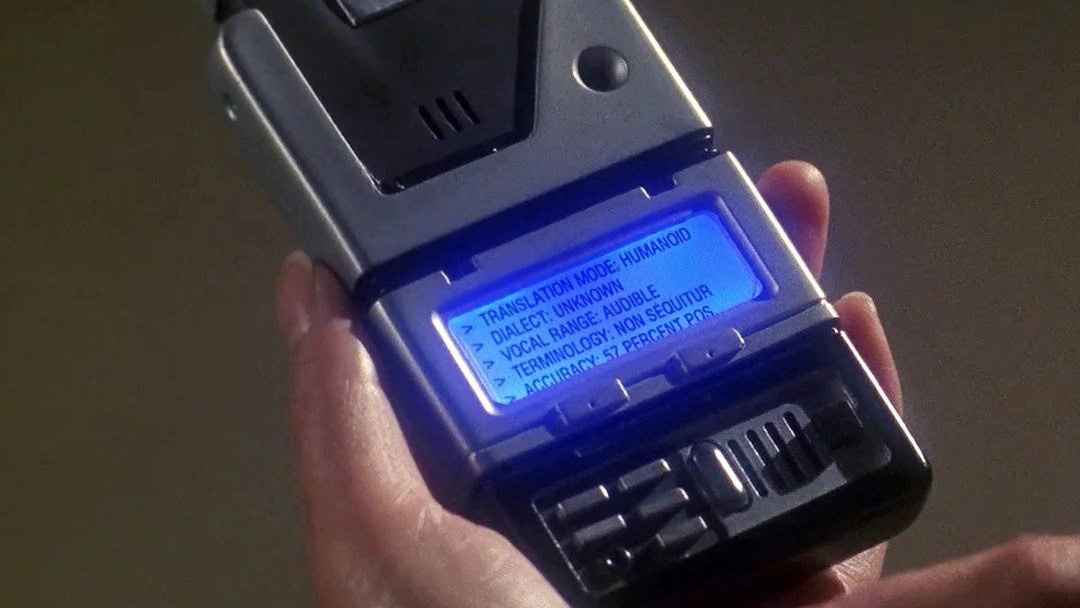Many of you have heard of Google Translate by now, and while it is one of the best translation apps out there, there are many more great such apps for Android. In this article, we’ll list some of the, just to give you more options. Not everyone likes Google Translate, and it probably doesn’t work for everyone’s use case. There are all kinds of different translation apps available, so you’ll hopefully like some of these.
We’ve listed 10 translation apps down below, in no particular order. The vast majority of them are not only free, but don’t come with in-app purchases either. Depending on what you need, you may prefer a different app. Some of them rely on camera translations, others not so much. Dive in, and see what works for you.
Best Translation Android apps 2022
Below is a quick overview of the best translation Android apps for 2022, including any download and in-app purchase costs.
| Download Cost | In-app cost (per item) | |
| Google Translate | ✕ | ✕ |
| Microsoft Translator | ✕ | ✕ |
| Yandex Translate | ✕ | ✕ |
| Naver Papago | ✕ | ✕ |
| DeepL Translate | ✕ | ✕ |
| SayHi Translate | ✕ | ✕ |
| Scan & Translate | ✕ | $0.99-$29.99 |
| Offline translator S&T | ✕ | $0.99-$9.99 |
| Dictionary Linguee | ✕ | ✕ |
| BK Translate | ✕ | ✕ |
Best Translation Android apps 2022 downloads
Below is a little more information on each app, and a direct link for easy downloading.
All download links go to the app’s Google Play Store listing. Users are always recommended to download apps from Google Play or an authorized app store.
Google Translate

- Price: Free to download
- In-app purchases: No
- Size: Varies with device
- Google Play rating: 4.3 out of 5 stars
Google Translate is easily the most popular application for translation for Android, and quite probably in general. It allows you to translate between 108 languages by typing, and you can also request translation for 59 languages while you’re offline. This app also offers instant camera translation, just by pointing your phone’s camera, for 94 languages.
You can also take or import photos in order to translate the text in them. This goes for 90 languages all over the world. Google Translate does support the translation of bilingual conversations on the fly for 70 languages. On top of all that, handwriting translations are also available, for 96 languages.
Download Google Translate
Microsoft Translator

- Price: Free to download
- In-app purchases: No
- Size: Varies with device
- Google Play rating: 4.7 out of 5 stars
Microsoft Translator is nowhere near as popular as Google Translate, and yet it has an immensely high rating in the Play Store. People seem to love using this app, so it may be worth a shot. This app is also free, and it allows you to request translation for over 70 languages all over the world.
The app can translate text, voice, conversations, camera photos, and even screenshots. It also allows you to download languages for offline translation, in case you’re traveling somewhere Multi-person conversation translations are also on offer here. The app also has phrasebooks for verified translations and pronunciation guides.
Download Microsoft Translator
Yandex Translate

- Price: Free to download
- In-app purchases: No
- Size: Varies with device
- Google Play rating: 4.5 out of 5 stars
Yandex Translate is another really capable app for translations. It can translate between 100 languages while you’re offline, and 7 while you’re offline. You can also speak the words or phrases in several languages for the app to recognize them, and translate them. The app also has a dictionary at your disposal, in case you need it.
You can also take a picture of some text, and allow the app to translate it for you. Visual text recognition currently works for 45 languages, at the time of writing this article. The app’s design is also really nice and modern, so there are no issues there. This app is also completely free.
Download Yandex Translate
Naver Papago
- Price: Free to download
- In-app purchases: No
- Size: Varies with device
- Google Play rating: 4.6 out of 5 stars
Naver Papago is a translation app with a simplistic design, which is a good thing. This app supports 13 languages, which is not a whole lot compared to some other apps on the list. It does do a great job with those languages, though. The app supports text translation, image translation, voice translation, offline translation, conversation translation, handwriting translation, website translation, Edu, and Papago Mini.
Everything is self-explanatory except the last two translations. ‘Edu’ allows you to take a picture of the passage you want to study, and the app will create ‘My Note’ that you can use to study passages and words. Papago Mini is an in-screen translation when you copy the text in any application. So, you can use this app in a number of different ways, as long as the languages you need are included here.
Download Naver Papago
DeepL Translate

- Price: Free to download
- In-app purchases: No
- Size: Varies with device
- Google Play rating: 4.8 out of 5 stars
DeepL Translate is a translation app with an extremely high rating in the Play Store. It is currently holding a 4.8-star rating, and it can translate between 29 languages. It can translate text, speech, images, and files across those languages. The app also includes a dark mode, which is not something you’ll find in many translation apps.
The app also supports the ‘Quick detection’ feature, which can quickly start translating after the first couple of letters even. DeepL Pro does offer some additional features and options, but you can use this app for free, if you want. For the most part, it works like a charm, and it’s a good competitor to both Google Translate and Microsoft Translator.
Download DeepL Translate
SayHi Translate

- Price: Free to download
- In-app purchases: No
- Size: Varies with device
- Google Play rating: 4.6 out of 5 stars
SayHi Translate is another translation app with a minimalistic design. Many of you have probably heard of it by now, even though it’s not as popular as some other offerings on the list. The app supports translations from a ton of languages, and many of them have dialect support as well.
You can actually alter between male and female voices, for better recognition. The same goes for controlling the rate of speech, you can increase or decrease it. Android Talkback is also supported by the app, by the way. Do note that SayHi Translate does require an Internet connection.
Download SayHi Translate
Scan & Translate
- Price: Free to download
- In-app purchases: $0.99-$29.99
- Size: Varies with device
- Google Play rating: 4.3 out of 5 stars
Scan & Translate: Photo camera is an app that focuses on image translations. It does a really good job, and it can be a great sidekick if you’re traveling. You can simply point the camera function within the app to a text, and the app will do the heavy lifting for you. A ton of languages are supported.
The app will share a translation with the correct pronunciation with you. Text reader OCR scanner tech transforms an image to text on your smartphone. You can translate pictures, jpeg, PDF, and Word files live as well. Scanning handwriting is also a possibility. The app also looks really nice.
Download Scan & Translate
Offline translator S&T
- Price: Free to download
- In-app purchases: $0.99-$9.99
- Size: Varies with device
- Google Play rating: 4.3 out of 5 stars
Offline translator S&T is an offline-only translator, as its name says. This app bases itself on voice translation. All you have to do is download the right offline package for translation, and you’re good, you won’t have to worry about an Internet connection at all. This app has two integrated offline translators, which is why it weighs as much. It comes with both offerings from Google and Huawei.
There is also a built-in offline engine for optical character recognition, for images. It also has a built-in text to speech engine for Huawei and HONOR devices, in case you’re using those. Quite a few languages are at your disposal, so finding the one you need to download shouldn’t be a problem.
Download Offline translator S&T
Dictionary Linguee

- Price: Free to download
- In-app purchases: No
- Size: Varies with device
- Google Play rating: 4.7 out of 5 stars
Dictionary Linguee is another app that is coming from DeepL SE. This app has a rather high rating in the Play Store, and it’s much different than the other one we talked about here. This is basically a super detailed dictionary application, which is something that can come in really handy.
There are a bunch of languages included here, and an editorial dictionary is also included. It is compiled by over 400 lexicographers, and the search field covers to over one billion translations from the Internet. There is also an offline mode available, as you can download editorial dictionaries.
Download Dictionary Linguee
BK Translate

- Price: Free to download
- In-app purchases: No
- Size: Varies with device
- Google Play rating: N/A
BK Translate delivers a ton of different dictionary apps to Android, and down below you’ll find a link to all of them. Look through them, and if you find the one you need, simply download it. There is one general app called ‘Speak and Translate: Translate’, which works really nicely. If you need specific translators or dictionaries, well, look through the rest of the apps.
There is an English – Burmese translator app, English German translator, English Portuguese translator, and more. The list is quite long, Hebrew, Hungarian, Korean, Ukrainian, Russian, and more languages are covered in separate apps. That way, you can download a smaller app and just focus on what you need.
Download BK Translate
